|
|
General: THE JULES VERNE TIME TRAIN ("BACK TO THE FUTURE") MADELEINE AMIENS FRANCE
إختار ملف آخر للرسائل |
|
جواب |
رسائل 1 من 43 في الفقرة |
|
|
|
|
|
جواب |
رسائل 14 من 43 في الفقرة |
|
|
|
|
جواب |
رسائل 15 من 43 في الفقرة |
|
|
|
|
جواب |
رسائل 16 من 43 في الفقرة |
|
|
|
|
جواب |
رسائل 17 من 43 في الفقرة |
|
|
|
|
جواب |
رسائل 18 من 43 في الفقرة |
|
LA TUMBA DE JULES VERNE
La tumba de Jules Verne es una de las más espectaculares del cementerio de La Madeleine.
Fallecido el 24 de marzo de 1905, el escritor fue inhumado el 28 del mismo mes. Su tumba fue primero una mera placa de cemento con esta inscripción: «Jules Verne 1905». Su familia encargó entonces una escultura para adornarla. El escultor Albert Roze conocía a Jules Verne desde la década de 1890. Ya había realizado un busto de mármol del novelista y, al fallecer el autor, modeló un medallón con su efigie, una especie de máscara mortuoria que se conserva actualmente en la Casa de Jules Verne.
Roze elaboró una escultura de yeso titulada «Hacia la inmortalidad y la eterna juventud»: representa al escritor levantando la lápida de su tumba, con el brazo extendido hacia el cielo. Una primera versión de esta alegoría de la inmortalidad y de la gloria literaria fue presentada en el Salón de Artistas Franceses en 1907, antes de ser realizada en mármol e instalada en la tumba del novelista ese mismo año. El monumento, que recuerda la arquitectura de un templo con su frontón y sus columnas, fue diseñado por el arquitecto Edmond Douillet.
Esta tumba está clasificada como Monumento Histórico desde 1995.
https://www.amiens.fr/Grands-projets/Aronnax/Etapes/etape-16/Cimetiere-de-la-Madeleine-espagnol |
|
|
|
جواب |
رسائل 19 من 43 في الفقرة |
|
|
|
|
جواب |
رسائل 20 من 43 في الفقرة |
|
|
|
|
جواب |
رسائل 21 من 43 في الفقرة |
|
|
|
|
جواب |
رسائل 22 من 43 في الفقرة |
|
|
|
|
جواب |
رسائل 23 من 43 في الفقرة |
|
Jules Verne Train/Time Train
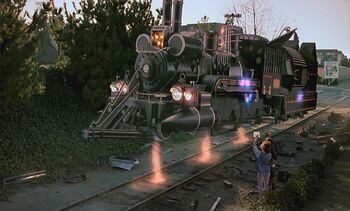
Marty and Jennifer wave as the Jules Verne train lifts from the tracks.
- "He [Marty] looked up when he heard the sonic boom. / Jennifer jumped from the truck and ran to his side, as they both stared at the steam locomotive rumbling down the tracks. It looked sort of like the locomotive Marty and Doc had stolen — or borrowed, as Doc put it — to get them back to the future. Except somebody had added a few things to the locomotive's working parts, coils, tubes, even a box with a y-shaped gizmo in it that looked a little like a flux capacitor. The whole engine looked like something out of Jules Verne as it braked to a stop beside them."
- —From Back to the Future Part III by Craig Shaw Gardner (quote, page 212)
- "He [Doc] pushed a lever in the locomotive's cab, and, with a rush of steam, the wheels folded underneath the engine and the entire locomotive lifted off the tracks. Doc and his family all waved as the locomotive rose twenty feet in the air, and then proceeded to chug off into the afternoon sky. / After a moment, Marty and Jennifer remembered to wave back, until the locomotive was no more than a speck in the heavens."
- —From Back to the Future Part III by Craig Shaw Gardner (quote, pages 213 and 214)
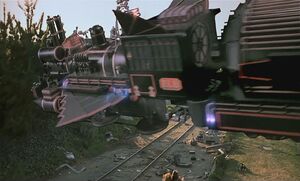
A rear view of the Jules Verne Train.
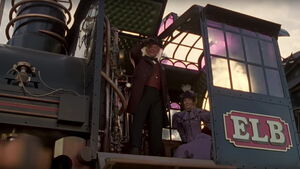
The interior of the Jules Verne Train.
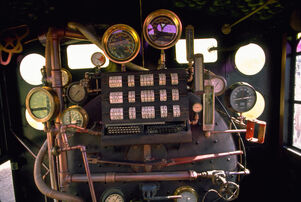
The time circuits inside the cabin.
The Jules Verne Train or "Train Time Machine" or simply the "Time Train", labeled "ELB" on each side after its creator, was the culmination of Dr. Emmett Brown's previous experience with building the DeLorean time machine and working with the steam locomotive that pushed it to 88 m.p.h.[1]
History
The Time Train was a time machine itself that ran off of steam rather than gasoline, built from 1885 to 1895, which took him ten years to build it. When Doc succeeded in its first temporal displacement test, he and his family traveled to 2015 or beyond to give it a hover conversion.
The flux capacitor was still included in this design, in the place of the lamp at the front of the locomotive[2] Unlike the DeLorean, the external components of the Time Train were symmetrical on both sides of the vehicle, possibly representing a more sophisticated grasp of the time travel technology on Doc's part, despite being constructed from more primitive materials.
On October 27, 1985, when Doc met up with Marty McFly and Jennifer Parker, he chose the most likely place that they might be at that given time, the site of the DeLorean's destruction. Interestingly, before the Time Train appeared, it triggered the bells and gates on the nearby railroad crossing as if another train was coming. This could mean that this time machine is so powerful that it enables a connection with its destination time even before arriving to that point of time.
Background information
Although the events of Back to the Future Part III take place in 1885, the locomotive which pushed the DeLorean to 88 m.p.h. was an 1897 model Rogers 4-6-0 mixed traffic engine. The Time Train is a locomotive of the same design as the one that pushed the DeLorean to 88 mph in 1885. However, the two trains cannot be the same locomotive due to the explosion that destroyed the first train, leaving little of the train on the valley floor. The time train had to have been built from another train either purchased by Doc or by him stealing one; the former being more likely since the upper class clothing of the Brown family indicated he had become rich enough to purchase a locomotive of that type.
Note: The following section is considered non-canon or is disputed in canonicity.
The train uses technology from the hoverboard that was left behind when Marty left 1885 for 1985. The frictionless dynamo from the hoverboard was able to store multiples of the 1.21 jigowatts that were necessary for time travel. The original flux capacitor built for the train consisted of a wooden box, metal that was arranged as a "Y", and six incandescent light bulbs arranged in a pattern of three on each side of the box. The original time circuits consisted of three mechanical clocks, where the hour, minute and second hands would display where the time machine currently was, where it had been, and where it was going to go.
On June 12, 1893, the Brown family attempted to travel in the Jules Verne train to 1985. Doc had paid a group of railroad workers to lay down fifty yards of track, as he calculated that the distance would be enough to reach 88 mph, since he had improved the performance of the presto logs. The trip failed however, as the train didn't achieve temporal displacement, and crashed.
After seeing a steam tricycle driver driving a Serpollet steam tricycle, Doc decided to use one as a time machine. He used the flux capacitor and the time circuits from the prototype Jules Verne Train. He then donned a diving suit to protect himself from the the stresses of space-time and the temperature variation. He successfully traveled to 2035, where he had planned to pick up everything he needed to complete the Jules Verne Train.
Soon after that, Doc and Marty became aware of Marcus Irving, a rival inventor who intended to finish his own time machine by modifying the DeLorean's flux capacitor. In the incident, the second DeLorean time machine was damaged. While Doc was supposedly still in the process of repairing the car, the reformed Marcus told Marty that it was actually already complete, and theorized that Doc was delaying his return to 1893 because he was not yet ready to take the Jules Verne Train into the future.
Note: The following section is considered non-canon or is disputed in canonicity.
Behind the scenes
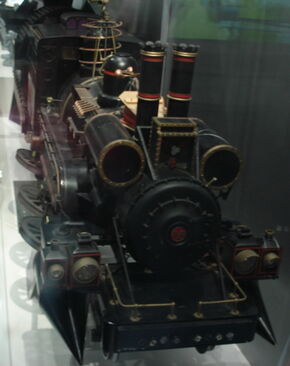
A front view of the special effects miniature of the Jules Verne Train.
While designing the look for the train, production designer Rick Carter became inspired by the Nautilus from 20,000 Leagues Under the Sea, which seemed an obvious choice considering Doc and Clara's love for the works of Jules Verne. The full-size mock-up of the Time Train still stands at Universal Studios Orlando, even though the ride has since closed.
Appearances
|
|
|
|
جواب |
رسائل 24 من 43 في الفقرة |
|
|
|
|
جواب |
رسائل 25 من 43 في الفقرة |
|
In Back to the Future: Part 3, Doc Brown names his kids Jules and Verne, after Jules Verne, who wrote nothing about time travel in his works. The science fiction author he was thinking of was H.G. Wells, who wrote The Time Machine.
|
|
|
|
جواب |
رسائل 26 من 43 في الفقرة |
|
Author (and inventor for some) Jules Verne created worlds in his stories that featured technology that is still relevant to this day.
Published: Feb 06, 2019 04:04 AM EST
You may not be familiar with the name Jules Verne, but you definitely know this author’s influence and work.
If you ever traversed the depths of Rapture in Bioshock, got caught up in the adventure of the movie Atlantis: The Lost Empire, laughed at an episode of Rick and Morty, or are just a fan of the science fiction genre; you’ve been touched by Verne’s far-reaching impact.
Jule Verne is widely regarded as one of the fathers of science fiction, capturing the imagination of audiences across the globe.
[see-also]
In a time period where technology was still in its infancy, Verne told stories of adventure, conjuring worlds in which a new age of technology would help men reach the darkest depths of the ocean and soar past the stars.
Beyond just the plot devices and aesthetic that still influences sci-fi stories to this day, Jules Verne made predictions about technology that are true.
His optimism and imaginative mind invented machines and objects that are now part of everyday life.
Prophet or genius? You will learn not only about this great science fiction author but equally about all the technology that he invented in his stories that eventually came into fruition.
Who was Jules Verne?
 Source: Wikipedia
Jules Verne adventure novels like Journey to the Center of the Earth, Twenty Thousand Leagues Under the Sea, and Around the World in 80 Days are all considered classics and important moments for the genre.
Born in France during the early 19th Century on February 8th, Jules originally had plans of being a lawyer. Yet, his love for adventure and meticulous obsession with science got the better of him, leading him to create the books that you know and love today.
Before the ideas where even on the minds of the scientists of the time, Verne was discussing machines that soar through the sky, that travel through the depths of the ocean, and that would eventually put humanity on the moon.
Described with such coincidental detail, here are some of the inventions that appeared in Jules Verne’s stories, that eventually became reality.
Electric Submarines
Jules Verne’s fantastical imagination produced inventions that were just as memorable as his protagonists. In the story Twenty Thousand Leagues Under the Sea, Verne introduced the world to the submarine Nautilus.
 Source: Big Bad Toy Store
Commanded by the neurotic Captain Nemo, the submarine was one of the main settings of the book. Before submarines were ever used to explore the sea, Jules Verne was able to imagine an electric powered vessel, that is long and cylindrical.
The Nautilus featured all the luxuries and technology that you might find on some yacht today paired with the ability to dive to incredible depths. Nautilus featured the main cabin, navigational devices, a dining room, and barometer.
 Source: NASA
Though far more luxurious than what you may find on a submarine today, the description found in the underwater epic illustrates the submarines you see today.
The author was said to take inspiration from models he saw on display at the 1867 world's fair in Paris, as well as scientific knowledge about electricity and battery power.
Helicopter
Verne sketched out and imagined tons of aircraft during his time as an author. However, in the story Robur the Conqueror, he was extra specific with one of his descriptions. In the story, the character builds a machine out of pressboard that was controlled with high-speed rotors that propelled the aircraft to the heavens.
 Source: NASA
Though to be fair, there were prototype sketches of helicopter floating around the scientific and engineering community during his time as an author.
The Jukebox and Hologram
The first time you may remember seeing the idea of the hologram in pop culture was probably in the classic film Star Wars. Yet, Jules was thinking about this way before Leia requested Obi-Wan’s help.
In the book, the Carpathian Castle Verne tells a story centered around prima donna La Stilla, represented at the times of the events as a projected still image. In the story, the villagers live in fear of a mysterious castle that produces odd voices.
The people come to find out that the images that they were seeing were just an optically floating illusion, or hologram, paired with recorded sounds.
Newscasts
More of a futurist than a prophet, some describe Jules Verne as someone who was paying great attention to the times rather than simply outright prophesying. Verne was well acquainted with the technology of the time and played with ideas of how those technologies could evolve.
Using this power of inference, Verne predicted the inevitable change of the news. Described in the story (now believed to be written by his son Michel Verne by following his father's ideas) In the Year 2889, Verne predicts an alternative to the newspaper.
"In the Year 2889," Jules Verne described an alternative to newspapers: "Instead of being printed, the Earth Chronicle is every morning spoken to subscribers, who, from interesting conversations with reporters, statesmen and scientists, learn the news of the day,” says Verne.
This insight perfectly describes the modern newscast landscape, something that did not appear until decades later.
Video Conferencing
In the same story, "In the Year 2889", Jules Verne hinted at the idea that is very close to what you may describe as video conferencing today. Calling it the phonotelephote, the device allowed people to communicate with each other over great distances.
As mentioned in the article, the phonotlephote allowed the transmission of images by means of sensitive mirrors connected by wires. Think about that next time you are Skyping.
Solar Sails
If you were to read Jules Verne’s From the Earth to the Moon, you would think he is describing space travel today.
Aside from his ideas for gourmet space cuisine, and space suits, Verne also imagined a day where humanity would use ships powered by light to explore the wonders of space.
Jules Verne asked the question, “will someday appear velocities far greater than these, of which light or electricity will probably be the mechanical agent?"
 Source: NASA
His description coincidentally coincides with the technology known as solar sails, currently being deployed for future missions around the world.
Lunar Modules/Space Travel
In From the Earth to the Moon, Jules Verne was able to capture humanity’s fascination with the moon and eventually Space travel.
 Source: NASA
Describing them as projectiles, the author imagined a world where humanity would launch themselves via spacecraft into the moon similar to that of a gun and a bullet.
Verne also mentioned splashdown spaceships, a space base in Florida, light pressure propulsion, and space suits all way before their time.
|
|
|
|
جواب |
رسائل 27 من 43 في الفقرة |
|
|
|
|
جواب |
رسائل 28 من 43 في الفقرة |
|
|
|
 أول أول
 سابق
14 a 28 de 43
لاحق سابق
14 a 28 de 43
لاحق آخر
آخر
|
|
| |
|
|
©2024 - Gabitos - كل الحقوق محفوظة | |
|
|






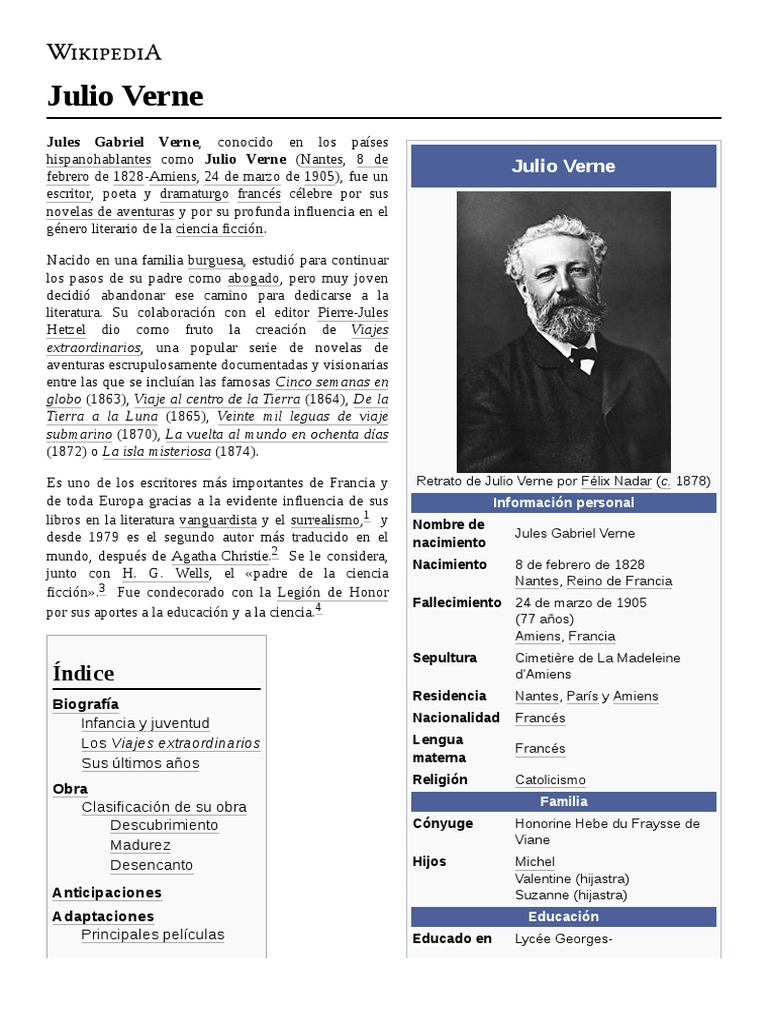
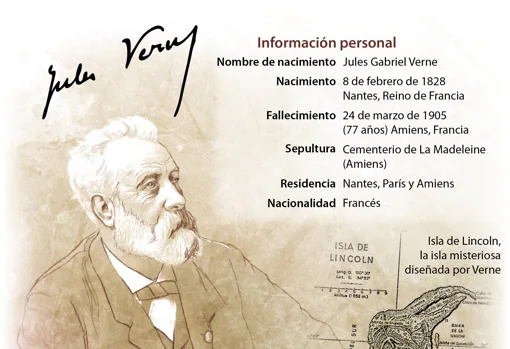
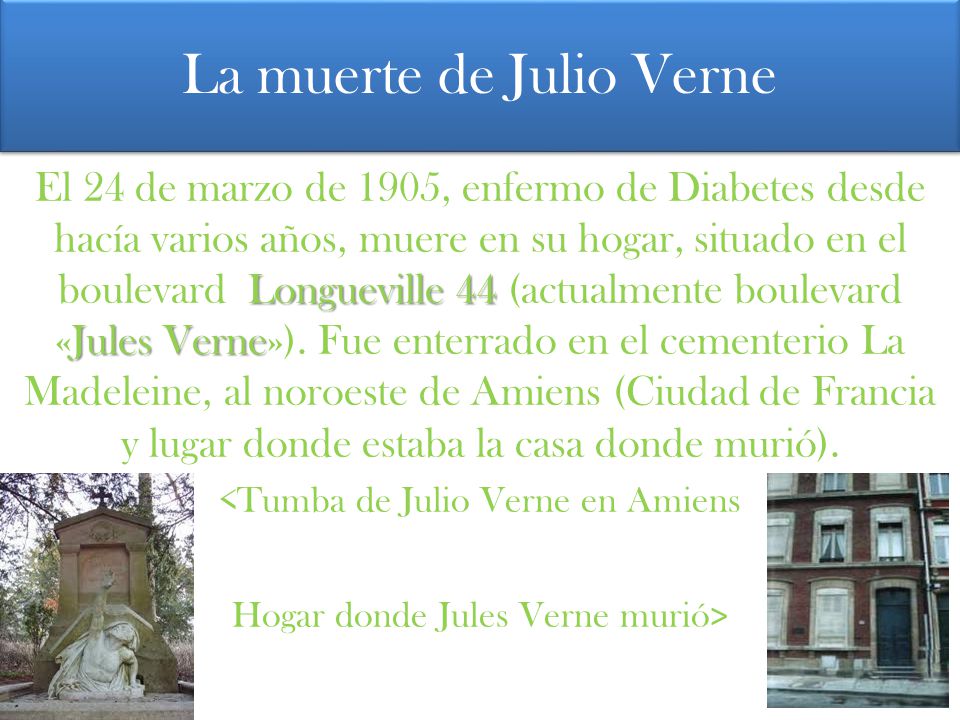




/images/julesvernemix11.jpg)
 Source:
Source:  Source:
Source:  Source:
Source:  Source:
Source:  Source:
Source:  Source:
Source: